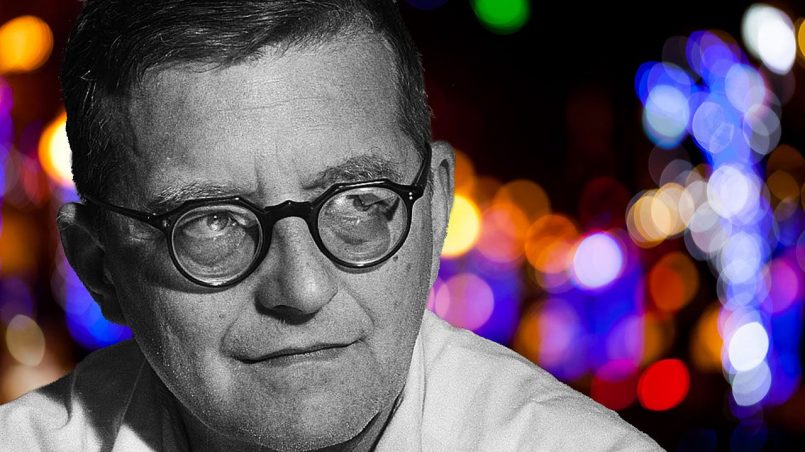This is the story of a symphony which is frequently performed at a cemetery in St Petersburg ( formerly Leningrad). Over half a million victims of the terrible 900 day seige of the city are buried here. This seige was one of the turning points in the Second World War. It is unusual to see the musical score whilst hearing the symphony, however you can do both through the film which ends this blog. This is an unique piece of music in several ways. Dmitri Shostakovich, 1906 -1975, was recognised as a brilliant Russian composer, but was not always appreciated in his own country. He was both clever and critical and did not always appreciate the rules of the Soviet system.
The symphony is part of a powerful story. It was performed in Leningrad during that awful siege. It had already been heard in Kuybyshev on 5 March 1942 and amazingly crossed boundaries by being performed at the Proms (in London), then in New York during that summer. It was agreed that it must be played in Leningrad. In order to achieve this soldiers who had been classically trained musicians were retrieved from the front line, given extra rations and time to rehearse the massive work. Even the audience took risks to attend. The city was a graveyard, the population was starving, exhausted and close to death. The concert was costly as the musicians were stretched by the length (1.25 hours) and power of the piece, yet it lifted the spirits of all who heard it. The concert took place on 9 August 1942 and was itself a potent symbol of resistance. This was the date Hitler had planned to celebrate the fall of the city with a large banquet at the Astoria Hotel. Though not universally acclaimed, it is generally perceived as the key piece of music to commemorate the 27 million Russians who died in that war.
The Orchestra is the Chicago Symphony Orchestra conducted by Leonard Bernstein.


